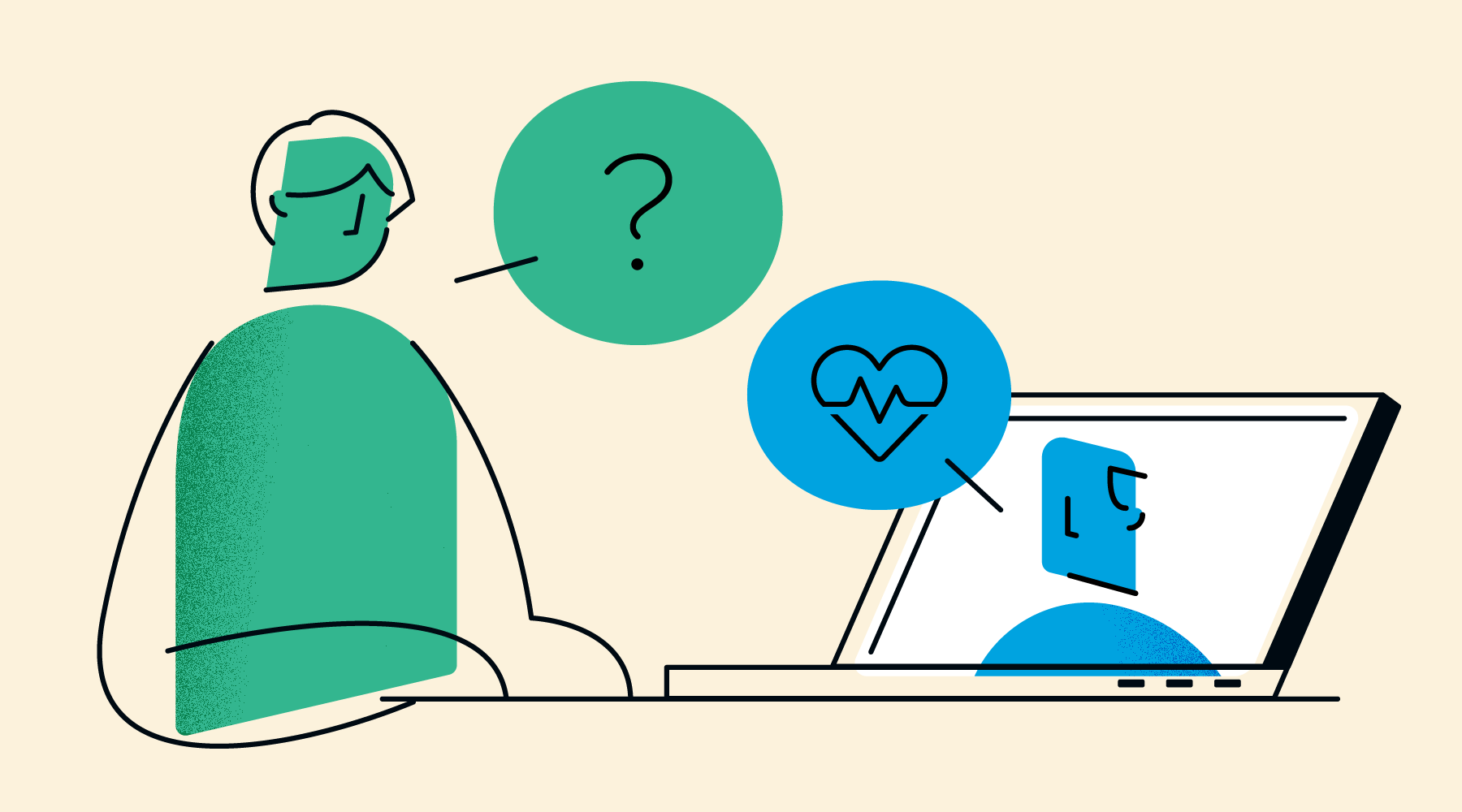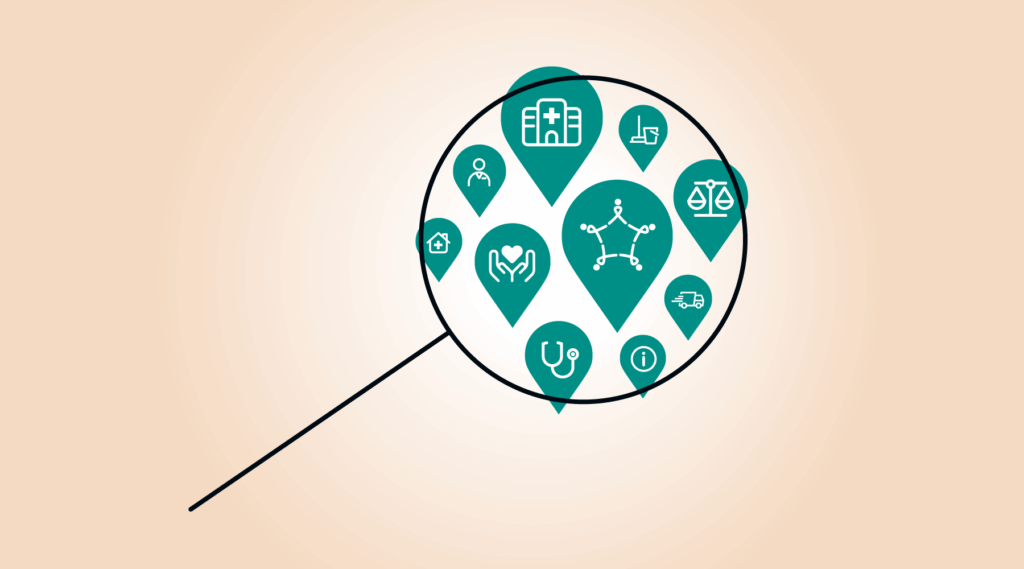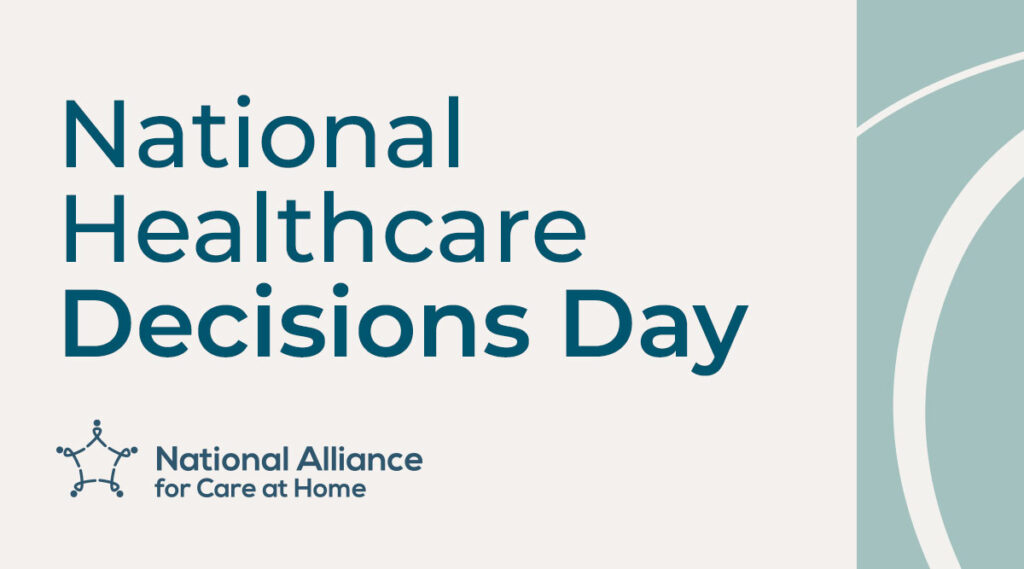Being a long-distance caregiver can be difficult. When you live an hour or more away from someone who needs care, the distance can create unique challenges that require caregiving to take on many different forms. Providing care from afar for someone with a serious or life-limiting illness can be especially difficult. A variety of technologies can assist in providing long-distance care, however.
What does it mean to be a long-distance caregiver?
When you are responsible for providing care and support to someone who lives an hour or more away from you, you are considered a long-distance caregiver. Although you may not be able to be physically present as frequently or readily as someone who lives close by, there are still many ways you can care for and support the person in need. From providing emotional support to coordinating care, to helping manage finances, long-distance caregiving can take many different forms and all play a crucial role in ensuring the well-being and quality of life of the care-recipient.
What are common types of long-distance caregiving?
Despite the distance, there are still many ways you can help care for and support the person in need. Below are some ways you can help as a long-distance caregiver. Before taking on these responsibilities, however, it is important to first evaluate your own physical and emotional bandwidth. By balancing the care-recipient’s needs with your own, you can decrease burnout and ensure that the person will receive the best quality care possible.
Helping with Coordination of Care
Caregiving is often a team effort. A caregiving team can consist of family members, doctors, nurses, social workers, volunteers, friends, and more. All members of the team must work together effectively to provide quality care for the person in need. As a long-distance caregiver, you can help coordinate various aspects of care, such as medical appointments, home care services, and errand/transportation services to make sure that the person’s needs are met.
Monitoring Health and Safety
As a long-distance caregiver, it is still important to stay up to date on the care-recipient’s health and safety. This may involve keeping in touch with doctors for timely medical information, managing their medication schedule, and even checking in on the person via a remote monitoring system discussed below.
Providing Emotional Support
Often, a person’s emotional needs are just as and sometimes more important than their physical needs. Even from afar, you can provide comfort, reassurance, and companionship through phone calls, video chats, text messages, and letters.
Giving Local, Primary Caregivers Respite
If you are capable of occasionally visiting the person in need, when planning visits, you can offer respite care for the primary caregiver, allowing them to take a break and rewind.
Managing Patient Finances
Beyond physical and emotional needs, a care-recipient may need assistance with managing their finances. As a long-distance caregiver, you can take on the responsibilities of organizing financial resources, ensuring bill payments are made, and setting up wills and life insurance policies.
Helping with End-of-Life Planning
End-of-life planning involves making decisions and arrangements to ensure that the care-recipient’s wishes will be respected as they approach the end of life. As a long-distance caregiver, you can stay prepared and assist by setting up advance directives, creating wills and trusts, managing family dynamics, and arranging funeral and burial services.
What are unique challenges that long-distance caregivers may face?
Long-distance caregiving comes with its own unique set of challenges. Not being physically present can make it more difficult perform tasks like:
- Regularly monitoring your care-recipient’s health and safety
- Responding to potential medical emergencies
- Staying aware of local resources.
What technologies can help with long-distance caregiving?
There are variety of technologies and services that can help to address these challenges that distance creates.
The list below is not comprehensive but provides starting points that may make managing long-distance caregiving a little easier.
- Video Calling Platforms: There are numerous apps and programs that enable long-distance caregivers to have face-to-face interactions with their care-recipients. These platforms include but are not limited to: FaceTime, Zoom, Skype, Google Meet, WhatsApp, and Microsoft Teams. While you may not be physically present, being able to speak face to face allows you to stay connected, assess their well-being, and communicate more effectively.
- Caregiving Apps: There are a variety of caregiving apps designed specifically to help caregivers coordinate care activities, schedule appointments, track medications, and communicate with other caregivers or healthcare providers. Some of these apps and platforms include: Carely, Caring Village, and Lotsa Helping Hands. All of these apps are free to use and accessible to anyone with an iPhone or Android.
- Medical Alert Systems: Medical alert systems not only provide emergency assistance by connecting an individual to medical support at the push of a button, but also enable caregivers to monitor their loved one’s health and safety or track their symptoms from afar. While these systems do cost money, they can provide extra assurance that your loved one will receive the help they need in the case of an emergency. MobileHelp, Bay Alarm Medical, and Medical Guardian all produce a variety of quality medical alert and remote monitoring systems with different features and at various price points to meet your specific needs. These types of systems alleviate some of the difficulty of monitoring the care recipient’s health and safety and help ensure a response in case of an emergency event.
- Medication Management Tools: While some of the apps and systems listed above may already offer features that enable caregivers to manage their care-recipient’s medications, apps also exist designed specifically to give you medication and refill reminders, coordinate with providers to manage prescriptions, and provide education about the medications your loved one is taking. Medisafe and MyMeds are two services that enable caregivers to manage medications from afar. There are also physical systems, such as TabSafe, that dispense medications on specific schedules to help patients take the right amount of medication at the right time. Medication management tools can make not only the care recipient’s but also the in-person caregiver’s day-to-day responsibilities feel more manageable.
While long-distance caregiving presents unique challenges in addition to those of in-person caregiving, it is possible to provide meaningful care and support to individuals living with serious or life-limiting illnesses remotely.
Innovative technologies and deliberate collaboration will help ensure the care-recipient is receiving the best possible care from a distance. Long-distance caregivers will also be best set up for success if they are sure to seek support for themselves during an emotionally demanding time. CaringInfo’s Finding Caregiving Resources and Support page offers more information on resources, support groups, and additional services to aid all types of caregivers.







